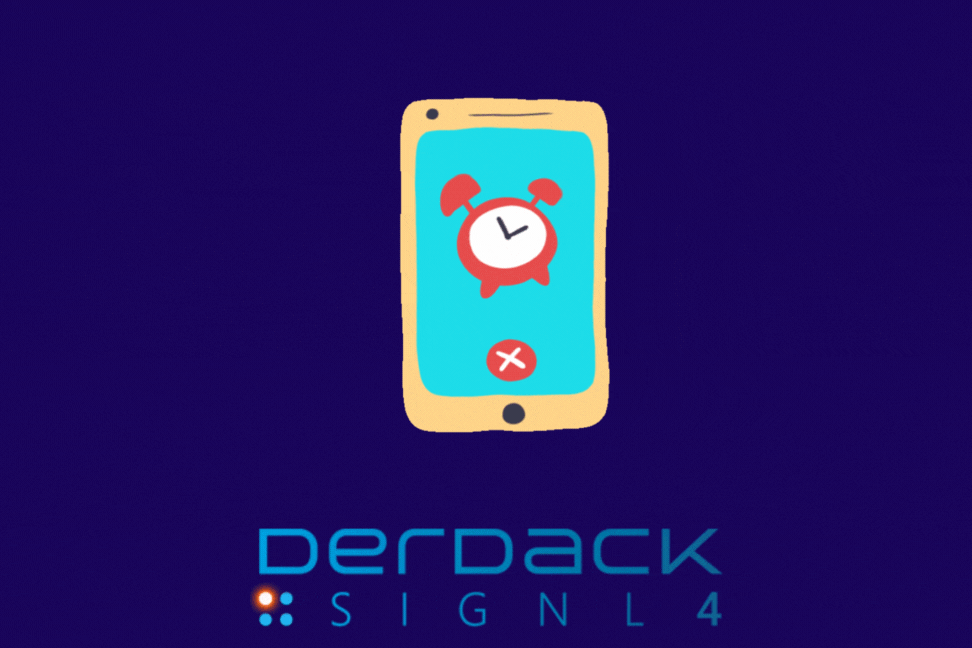Connect SIGNL4 and SyncData360 to Build Intelligent Automations
Choose a Trigger

When this happens...
- Request a new Trigger for SIGNL4
Choose an Action
Automatically do this!
- Request a new Action for SyncData360
Enable Integrations or automations with these events of SIGNL4 and SyncData360
Enable Integrations or automations with these events of SIGNL4 and SyncData360
Actions
Resolve Alert
Marks an alert as resolved (closed).
Send Alert
Send an alert to you team.
Know More About Signl4 and Syncdata360 Integrations

How to Integrate SIGNL4 with viaSocket for Centralized Alerts?
Discover how to seamlessly integrate SIGNL4 with viaSocket for centralized alerts. Enhance your notification system and streamline communication effectively.

How viaSocket Works | A Complete Guide
Gain insights into how viaSocket functions through our detailed guide. Understand its key features and benefits to maximize your experience and efficiency.

5 Simple Automation Hacks to Make Your Team Free
Unlock your team's potential with 5 straightforward automation hacks designed to streamline processes and free up valuable time for more important work.
Frequently Asked Questions
To start, connect both your SIGNL4 and SyncData360 accounts to viaSocket. Once connected, you can set up a workflow where an event in SIGNL4 triggers actions in SyncData360 (or vice versa).
Absolutely. You can customize how SIGNL4 data is recorded in SyncData360. This includes choosing which data fields go into which fields of SyncData360, setting up custom formats, and filtering out unwanted information.
The data sync between SIGNL4 and SyncData360 typically happens in real-time through instant triggers. And a maximum of 15 minutes in case of a scheduled trigger.
Yes, viaSocket allows you to add custom logic or use built-in filters to modify data according to your needs.
Yes, you can set conditional logic to control the flow of data between SIGNL4 and SyncData360. For instance, you can specify that data should only be sent if certain conditions are met, or you can create if/else statements to manage different outcomes.
About SIGNL4
SIGNL4 is a mobile alerting and incident response solution designed to ensure critical notifications are delivered to the right people at the right time. It streamlines the process of alerting and managing incidents, making it ideal for IT operations, industrial automation, and other mission-critical environments.
Learn MoreAbout SyncData360
SyncData360 is an all-in-one data synchronization and management platform that enables teams to securely sync, share, and organize data across multiple systems in real time. It ensures data consistency, improves workflow efficiency, and enhances collaboration.
Learn More